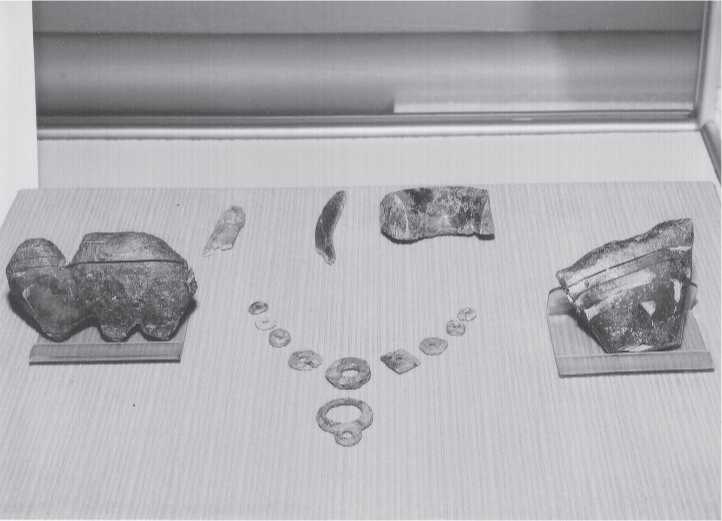Elsewhere (Turner et al. 2001b) we compared the perimortem damage of Ust-Kova and Ust-Kan, open and cave archaeological sites, respectively. The differences were substantial in several regards, most notably in the expected preservational differences in protected and unprotected situations, the degree of processing, and in the bone damage attributable to hyenas at Ust-Kan. Why was there no apparent hyena damage at Ust-Kova? Was the site too far north and too cold for hyenas? N. I. Drozdov (personal communication August 2, 2002) thinks possibly not, as there are suggestions that the site was located in a microenvironment that was less harsh in the winter than other locations at the same latitude. However, the question remains - why so little, if any, hyena bone damage at Ust-Kova? One explanation might revolve around the occurrence of small objects of bone art at Ust-Kova (Fig. 3.183) and their absence at Ust-Kan and most other Upper Paleolithic sites of Siberia we have examined. Bone art may be a sign of more sophisticated human hunters, as has been frequently suggested for the European Cro-Magnon versus the nearly artless Neanderthal culture. Perhaps the Ust-Kova men were better able to keep the hyenas away from their encampment or meat cache, possibly out of fear of the dangerous humans. Obviously, more information on the paleo-climate at Ust-Kova would be useful, as well as more information on cave denning possibilities for hyenas in the Ust-Kova region.

Fig. 3.183 Ust-Kova, artifacts. lAE museum exhibit of 22 000-year-old mammoth figurine, beads, and other items (CGT neg. IAE 8-12-03:27).
Can we not wonder about the weak carnivore signature at Ust-Kova (and Mal’ta), where bone-carving art seems to signal incoming anatomically modern Europeans capable of disconnecting the earlier hyena-Mousterian correspondence as seen in Denisova, Okladnikov, and Ust-Kan caves? Were the Ust-Kova people part of a Cro-Magnon expansion into Siberia?




 World History
World History









